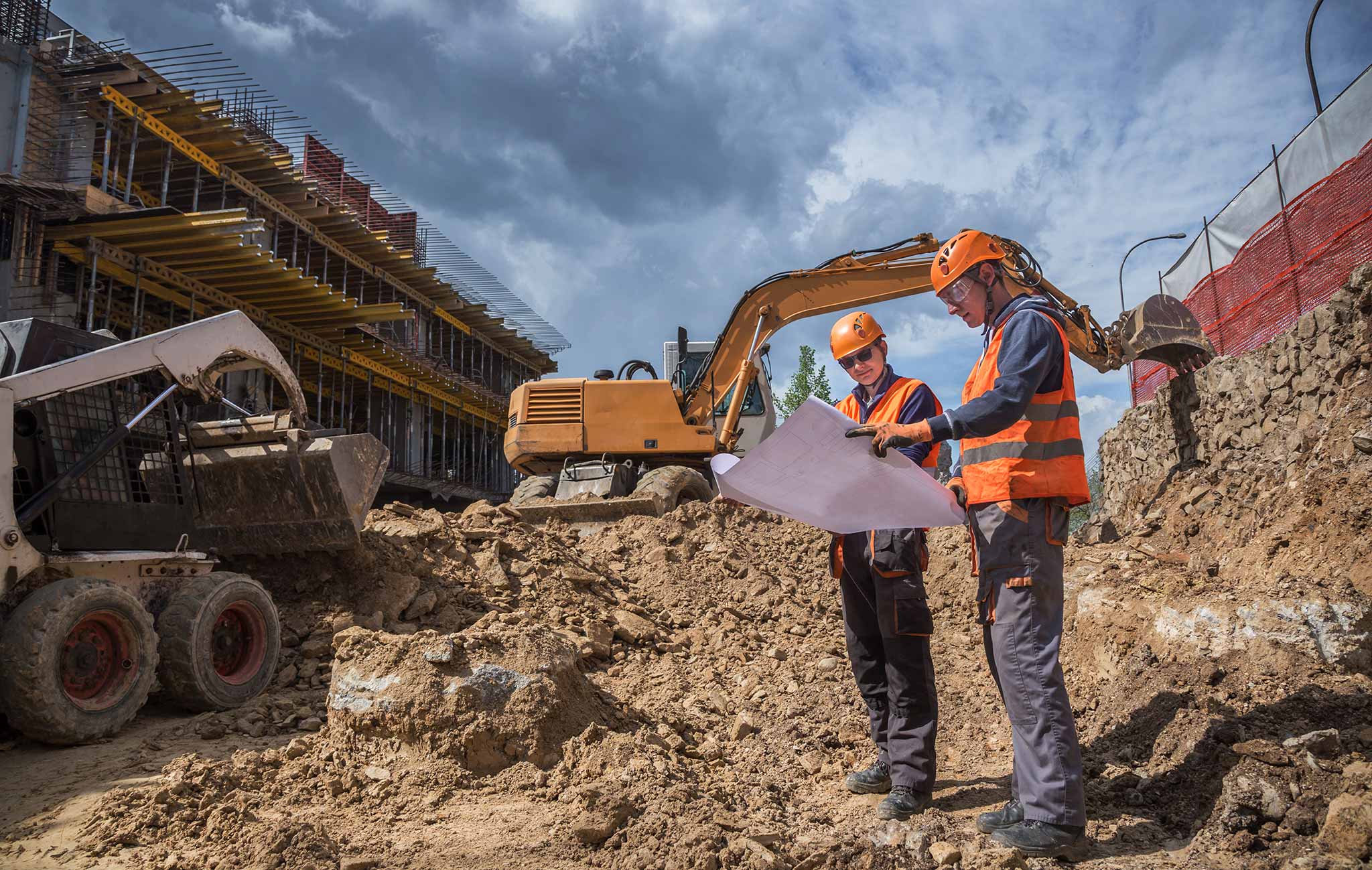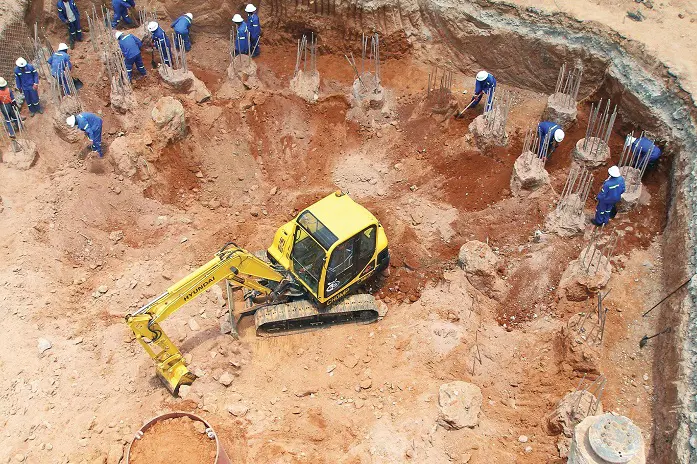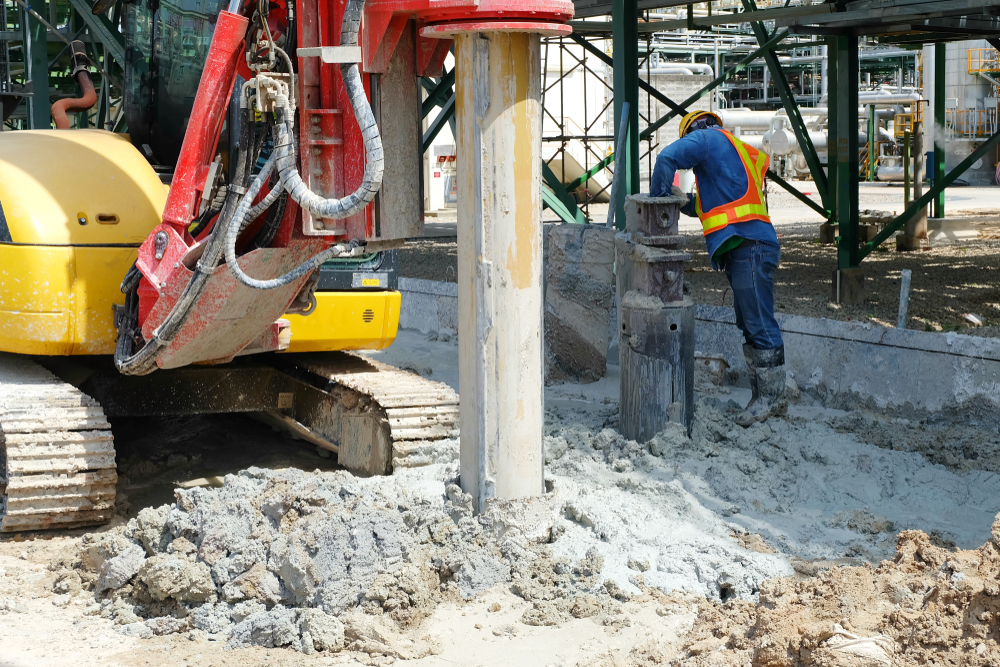A Thorough Overview of Geotechnical Engineering Techniques and Their Effect On Modern Civil Engineering Projects
Geotechnical design offers as the foundation of modern civil engineering, offering crucial techniques that address the complexities of subsurface conditions. The interaction of soil evaluation, foundation style, and ingenious innovations forms the honesty and sustainability of facilities projects.
Importance of Geotechnical Engineering
Geotechnical design functions as a crucial foundation for civil design tasks, affecting the safety and security and stability of frameworks. This discipline concentrates on the habits of soil and rock products, supplying crucial understandings that direct the layout and building procedures. By comprehending the communication between the earth and crafted structures, geotechnical designers can evaluate threats connected with ground problems, such as negotiation, incline security, and liquefaction.
The significance of geotechnical engineering prolongs past simple structural stability; it plays an important function in environmental defense and sustainability. Correctly executed geotechnical evaluations make certain that tasks decrease their eco-friendly impact and adhere to regulative requirements (about geotechnical engineering). Geotechnical design is important in website selection, making it possible for engineers to identify appropriate locations for building and construction that reduce prospective hazards.
Additionally, geotechnical design fosters advancement in civil engineering by progressing techniques for ground enhancement, foundation layout, and excavation. The discipline's contributions are important in attending to obstacles postured by varying soil problems, therefore facilitating secure and reliable framework growth. Generally, the relevance of geotechnical engineering is critical in making sure that civil engineering projects are not just viable yet likewise resistant versus natural and man-made difficulties.
Secret Methods in Geotechnical Engineering

Another important method is soil stablizing, which involves customizing dirt residential properties to enhance load-bearing capacity or decrease negotiation. Methods such as including cement, lime, or utilizing geosynthetics are frequently utilized to achieve soil enhancement.
Ground renovation techniques, consisting of vibrant compaction and vibro-replacement, are also important. These techniques intend to densify soft or loose soils, improving their strength and decreasing liquefaction possibility in seismic areas.
Keeping frameworks, such as sheet heaps and dirt nailing, are utilized to sustain excavations and stop soil motion. Additionally, incline stablizing methods, consisting of drainage systems and maintaining walls, are crucial for alleviating landslide threats.

Dirt Analysis and Evaluating Approaches
Reliable dirt evaluation and screening methods are essential for comprehending the physical and chemical residential properties of dirt, which straight influence design decisions. A detailed analysis of dirt features is vital for predicting actions under different loading problems and ecological influences.
Typical soil testing techniques consist of both field and laboratory techniques. Field examinations, such as the Criterion Penetration Test (SPT) and Cone Penetration Test (CPT), give instant understandings right into soil stratification, toughness, and thickness. These tests aid designers analyze website conditions efficiently prior to more substantial laboratory analyses.
Lab screening read what he said techniques, such as Atterberg limits, grain dimension circulation, and compaction examinations, are crucial for identifying soil plasticity, moisture content, and optimum compaction degrees. Progressed methods like triaxial tests and combined undrained (CU) examinations offer useful information on best site shear toughness and effective anxiety parameters.
Chemical screening, including pH, electrical conductivity, and natural material evaluation, is likewise important for comprehending prospective dirt contamination and its effect on building and construction materials. Collectively, these dirt evaluation and testing techniques develop the structure of informed decision-making in geotechnical engineering, making certain the safety and security and security of contemporary civil engineering jobs.
Structure Design Approaches
Structure design strategies are important in making sure the stability and long life of structures. These techniques can be classified into shallow and deep foundations, each suited to details dirt problems and loading circumstances. Superficial foundations, such as spread grounds and floor covering foundations, are generally used when surface area dirts have sufficient bearing capacity. They distribute the load over a bigger location, minimizing settlement threats.
On the other hand, deep structures, including stacks and drilled shafts, are utilized when surface soils are insufficient or weak for supporting the structure. These foundations transfer tons to much deeper, much more steady soil or rock layers, making them essential for high-rise buildings and bridges in tough geotechnical conditions.
Picking the appropriate foundation design involves detailed geotechnical investigations, including soil composition, bearing ability, and groundwater conditions. Engineers have to consider variables such as settlement, side tons, and prospective seismic activity to make certain the structure's performance over time.
Inevitably, a well-executed foundation style is a crucial facet of civil engineering, directly affecting the safety and security, resilience, and functionality of frameworks. geotechnical companies in south africa. By aligning structure types with site-specific problems, designers can effectively alleviate dangers associated with foundation failure
Developments Forming Civil Design

Sustainable products, such as high-performance concrete and recycled accumulations, are likewise gaining grip, advertising eco-friendly methods while keeping structural integrity. Furthermore, advanced geotechnical techniques, such as ground enhancement and deep blending methods, are boosting the stability of structures in tough dirt conditions.
Moreover, the use of drones and remote sensing technology is boosting site checking and checking, supplying real-time data that help in handling building development and security. The implementation of innovative construction approaches, such as modular and prefabricated building and construction, better expedites job timelines and lowers waste. Collectively, these technologies are not only transforming civil design techniques yet also guaranteeing that modern-day facilities fulfills the needs of a growing international populace while addressing ecological issues.
Final Thought
To conclude, geotechnical engineering strategies are essential to the success of modern-day civil engineering jobs. The application of website examination, soil stablizing, and ground enhancement techniques makes sure the security and security of facilities. Developments such as Building Details Modeling (BIM) and advanced monitoring technologies better improve job effectiveness and precision. By using these methods, designers can mitigate threats and contribute to the growth of durable city atmospheres, inevitably fostering sustainable growth and security in civil design methods.
Geotechnical engineering serves as the backbone of contemporary civil design, giving essential techniques that deal with the complexities of subsurface conditions.Geotechnical design serves as a critical foundation for civil design jobs, affecting the safety and security of structures.In enhancement, geotechnical design fosters innovation in civil engineering by advancing methods for ground enhancement, structure layout, and excavation. In general, the significance of geotechnical design is vital in making certain that civil design tasks are not only viable yet likewise resilient versus all-natural and synthetic difficulties.
In verdict, geotechnical engineering methods are essential to the success of modern civil engineering projects.